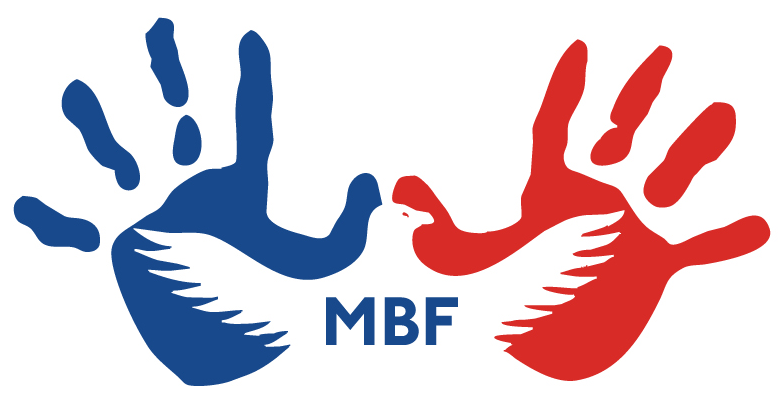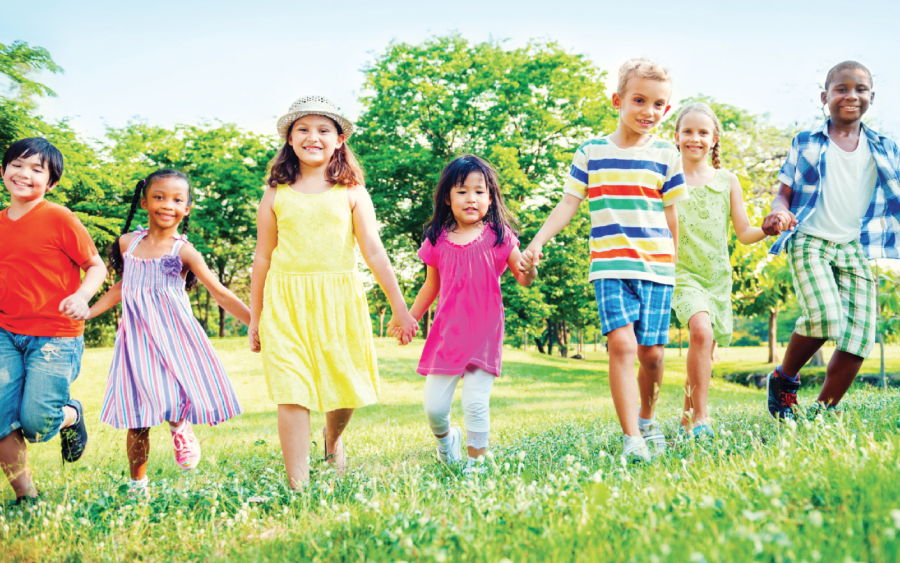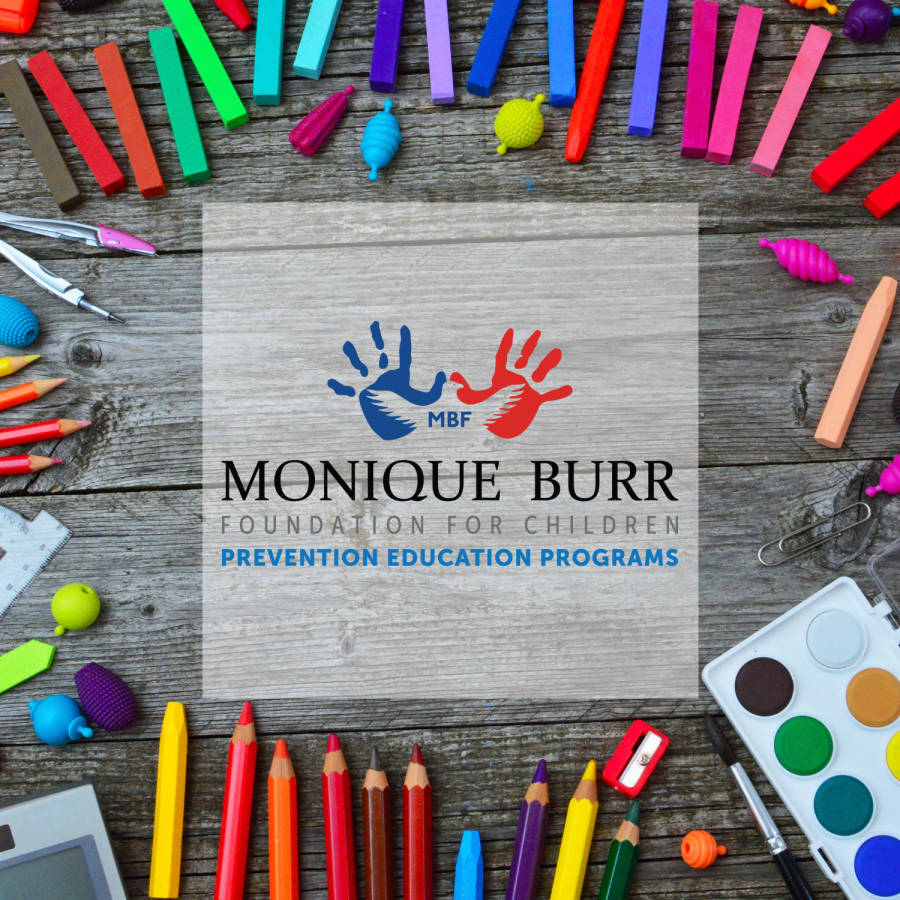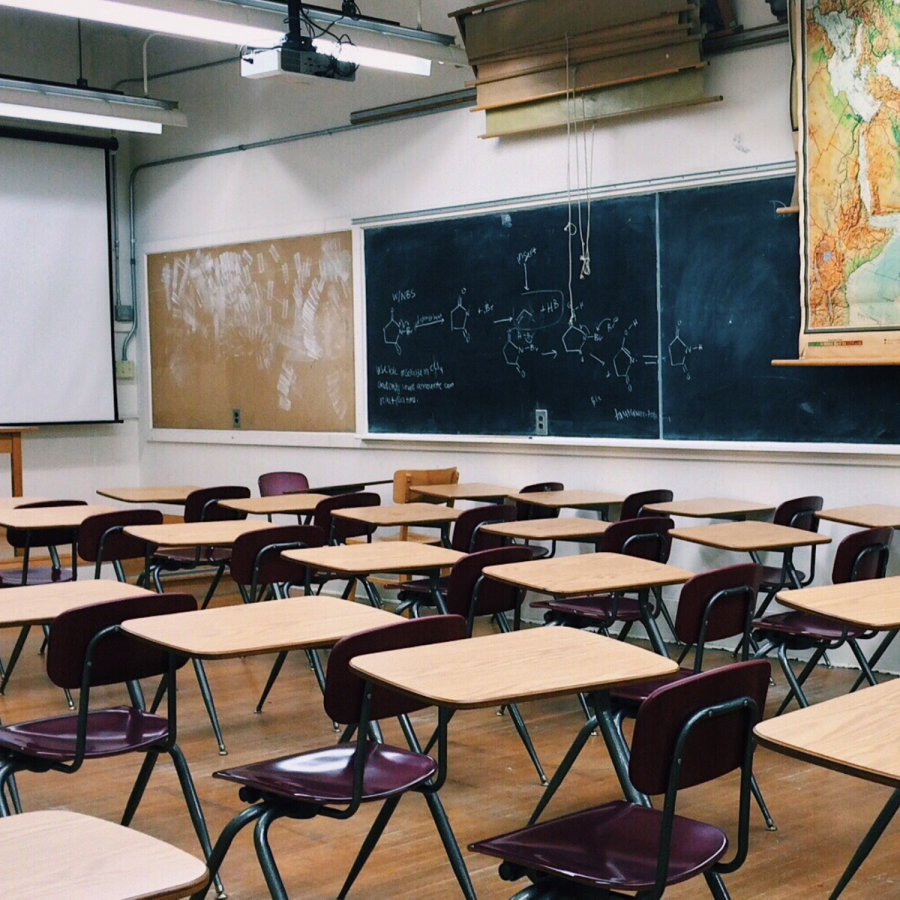The start of a school year brings opportunities for new learning, new friends, and new experiences. It also brings opportunities to ensure kids Know What’s Up and are equipped to help keep themselves safe. Here are some back to school safety tips from the Monique Burr Foundation for Children, the National Safety Council, and The National Center for Missing & Exploited Children.
- Make sure your child knows their phone number, address, how to get in touch with you at work, how to get in touch with another Safe Adult, and how to dial 911.
- Find out your school’s policy on
- Releasing students to someone other than a parent/guardian. Does the school require visitors to sign-in at the front office? Have you given the school a list of people who may pick up your child? Make sure the school has a copy of any legal documents about who can and cannot pick up your child.
- Posting student names and photos both in school publications and online. Personal information that identifies a student should not be posted in a public forum. If photos are posted, they should be group photos that do not identify individual children in any way.
- Notifications in case of an emergency. Make sure you have provided emergency contact information, and that you keep it up to date.
- Review or create a Family Safety Plan. Have a family password so your child will know it is safe to go with someone if you are unable to pick them up at school.
- Many parents label their child’s belongings. Make sure that what your child is carrying or wearing does not visibly display his or her name. This can make him/her an easier target for a predator.
- Get to know your child’s friends, their parents/guardians, and where they live.
- If your child rides the bus, visit the bus stop with him/her and help them learn the bus number. This will help eliminate confusion for your child during the first few days about which bus to ride.
- Make sure young children are properly supervised going to and from school, whether it is by you, an older sibling, or another Safe Adult. Remind older children to always take a friend when walking or riding their bikes to and from school.
- Talk to your child about what he/she should do if they Spot Red Flags: anyone who follows, approaches, or in any way bothers him/her. Include instructions to Make a Move, to get away quickly and to stay away, and to tell a Safe Adult. Teach your child that if anyone tries to take him/her away, he/she should yell loudly and make every effort to get away by kicking, screaming and resisting.
- If your child walks to school, walk the route with him/her to identify landmarks and safe places to go if he/she is being followed or needs help. Create a map with your child showing acceptable routes to and from school using main roads and avoiding shortcuts and isolated areas.
- Look for opportunities or “teachable moments” to practice safety skills with your child. Create “what if” scenarios for your child to make sure he/she understands safety rules and how to use them in real situations.
- If your child goes home alone, make sure the safety rules at home are clearly understood. Make an emergency contact list (kept close to the telephone) that includes phone numbers for you, law enforcement, the fire department, ambulance service, doctor, poison-control center, and at least one other Safe Adult.
In case of emergency, do you have a recent photo of your child? A recent photo is one of the most important tools needed by law enforcement if a child goes missing. You can also download a FREE Child ID Kit from the National Center for Missing and Exploited Children.
- English http://www.missingkids.com/en_US/publications/Child_ID_EN.pdf
- Spanish http://www.missingkids.com/en_US/publications/Child_ID_ES.pdf
Learn more about the MBF Child Safety Matters 5 Safety Rules and additional resources on the Monique Burr Foundation for Children website: wwwstaging.mbfpreventioneducation.org, and download our free app, “Child Safety Matters” from the App Store or Google Play.




